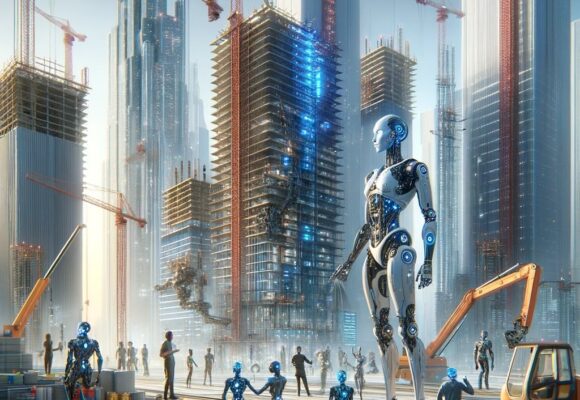The impact of new developments on cities, encompassing infrastructure, sewage/water systems, traffic lights, electrical grids, and other critical components, is substantial and multifaceted. These impacts can be both positive, offering improvements and modernization, and challenging, requiring careful planning and management. Here’s a summary of the key effects:
1. Infrastructure Upgrades and Expansion
New developments often necessitate the upgrading and expansion of existing infrastructure to accommodate increased demand. This includes roads, bridges, public transportation systems, and utilities. While these upgrades can significantly improve efficiency and capacity, they also require substantial investment and can cause disruption during construction phases.
2. Sewage and Water Systems
The expansion of sewage and water systems is crucial to support growing populations and new developments. Modernizing these systems can enhance public health, environmental protection, and sustainability. However, it poses challenges such as the need for advanced treatment technologies, the management of increased wastewater volumes, and ensuring a reliable supply of clean water.
3. Smart Traffic Management
The integration of smart technology into traffic management systems, including traffic lights, can greatly improve traffic flow and reduce congestion. Smart traffic systems can adapt to real-time conditions, prioritize emergency vehicles, and improve pedestrian safety. Implementing these technologies requires significant investment but can lead to long-term efficiencies and environmental benefits by reducing vehicle emissions.
4. Electrical Grid Modernization
New developments often lead to increased demand on electrical grids, necessitating their expansion and modernization. The integration of renewable energy sources, the adoption of smart grid technologies, and the improvement of grid resilience are key aspects. This modernization can enhance energy efficiency, reduce carbon footprints, and improve reliability but requires substantial investment and careful planning to avoid disruptions.
5. Digital Infrastructure and Connectivity
The development of digital infrastructure, including broadband and 5G networks, is essential to support smart city technologies, IoT (Internet of Things) devices, and the digital economy. This connectivity enables smart homes, businesses, and government services, enhancing efficiency and quality of life for residents. However, it also raises concerns about digital divide and privacy.
6. Environmental Impact and Sustainability
New developments have significant environmental impacts, requiring careful planning to ensure sustainability. This includes considerations for green spaces, energy-efficient buildings, sustainable transportation options, and water conservation measures. Balancing development with environmental preservation is crucial to maintaining urban livability.
7. Housing and Social Equity
The expansion and modernization of cities must also address housing affordability and social equity. New developments can lead to gentrification and displacement if not managed carefully. Ensuring that all residents have access to affordable housing, essential services, and public transportation is critical for inclusive growth.
8. Economic Opportunities and Challenges
While new developments can stimulate economic growth, create jobs, and attract investment, they also pose challenges such as rising costs, the displacement of local businesses, and the need for skilled workers to manage and maintain advanced infrastructures.
In summary, the impact of new developments on cities is complex, involving a wide range of factors from infrastructure and environmental sustainability to social equity and economic dynamics. Successful management of these developments requires holistic planning, substantial investment, and the engagement of all stakeholders to ensure that growth is sustainable, inclusive, and beneficial for all residents.


 10 Feb 2024
10 Feb 2024
 Posted by Watchdog Ent.
Posted by Watchdog Ent.  0 Comment
0 Comment 









